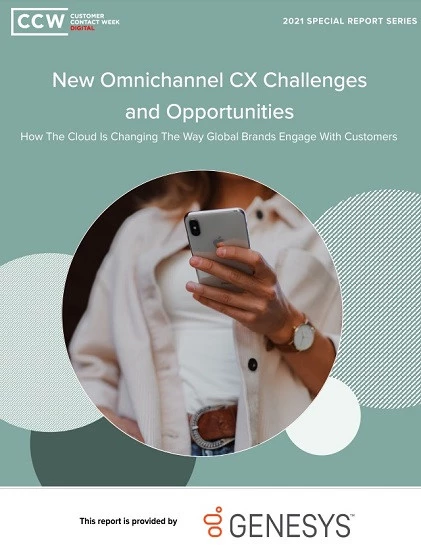Social CRM is Overhyped but So What?
Add bookmarkThere is some humor to be found surrounding the Social CRM hype these days, but it may be a mistake to sit on the sidelines. I wrote much of this post in response to a blog post that was essentially saying that social media isn't anything that should concern the contact center. I agree that the contact center has many challenges, and social media is the new kid on the block, but that’s no reason to rule it out as a support channel.
Let's take a quick look at a couple technologies that have emerged as key customer support channels in the enterprise. When email was introduced to the enterprise, many people resisted this change because it wasn’t personal enough. These days, email is a center piece for business communication and an integral support channel.
[eventpdf]
When websites grew in popularity (think of hit counters and horrible MS FrontPage designs), some companies hesitated by saying things like "yeah, but we are just a B2B company. Do we really need a website?"
Again, a website is an absolute must a mere 15 years later. Companies soon realized that offloading contact center volume to web self-service channels could save them millions. Company websites have grown into the preferred channel of choice for a large group of consumers.
I find a lot of similarities between these business transformations of the past, and the one happening now in Social Media as a support channel in the contact center; though maybe not as grand. From the perspective of the contact center, this business transformation, evolution, revolution, whatever you want to call it, is being supported by two main components:
Consumers are adopting it as a support channel whether we like it or not:
According to Participatory Marketing Network, 38% of Gen Y’ers already have an iPhone or iPod Touch. Consumers are armed with cheap bandwidth, laptops, and smart phones that (for a large majority) make it easier to find solutions to common problems than calling the contact center. For some it’s become easier to throw their issue out on Twitter or Facebook to see what happens.
Even a simple Google query will return support solutions from handfuls of community sites or blogs. The contact center has no control over those sites, but with community platforms, social media monitoring and engagement tools, contact centers now have the option to listen and engage a customer in a unique way to better the overall customer experience. The phone channel still remains the most preferred channel for consumers (according to Ovum/Genesys Survey, the most preferred interaction channel (55%) is the telephone. March 2010).
For the rest of the 45% who prefer other support channels (social media included), are we supposed to ignore them? That is not a sustainable strategy.
Contact Centers (your competitors) are no longer treating the contact center as a pure cost center:
It’s a differentiator for companies to deliver superb experiences. DMG consulting predicts that 45% of organizations will have a Social Media Support strategy in place by 2014. So whatever your position on social media, half of your competitors will be doing it in a few years whether you like it or not.
Can your organization afford to sit back and wait while the competition fine tunes their social media support strategy? Maybe, maybe not. Social Media can turn poor experiences into positive experiences. A recent survey by American Express found that consumers are willing to pay 9% more for products/services in exchange for excellent customer service.
Maybe this is why business executives are asking contact centers to improve customer retention rates. This is where competitors are looking to beat you. Can they deliver a better customer experience by listening and engaging their customers over social media? Or worse, can they engage your unhappy customers over social media with special offers and promotions to gain their business. If you’re not listening, you could be losing customers to your competitors.
Granted, it's early in the game to fully understand what’s to come of social media in the contact center with only a few organizations having formally instituted some form of social media support (only 6.5% of contact centers currently have any type of support for social media according to DMG Consulting).
I believe that contact centers have a number of other objectives to tackle, such as synchronizing multiple support channels across the contact center, which according to Gartner, only 15% of enterprises has fully synchronized multi-channels – IVR, Phone, and Web.
Social media is another channel and it doesn’t mean you should forgo the basic tenets of servicing customers via the contact center.
This post was syndicated with approval from author. The original post can be seen on the RiverStar Customer Experience Blog













